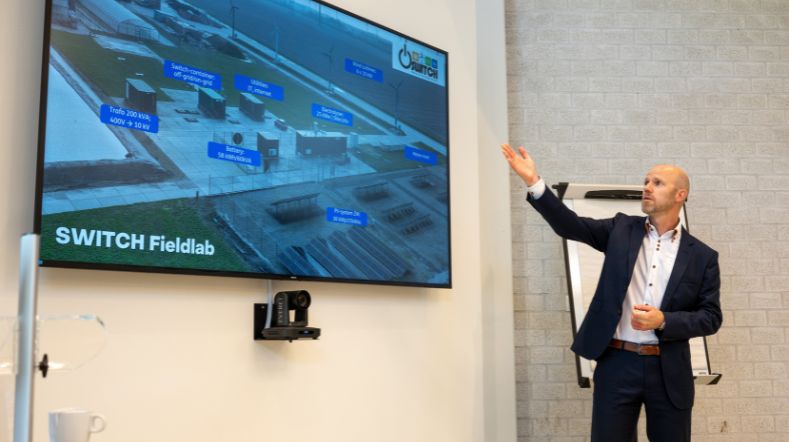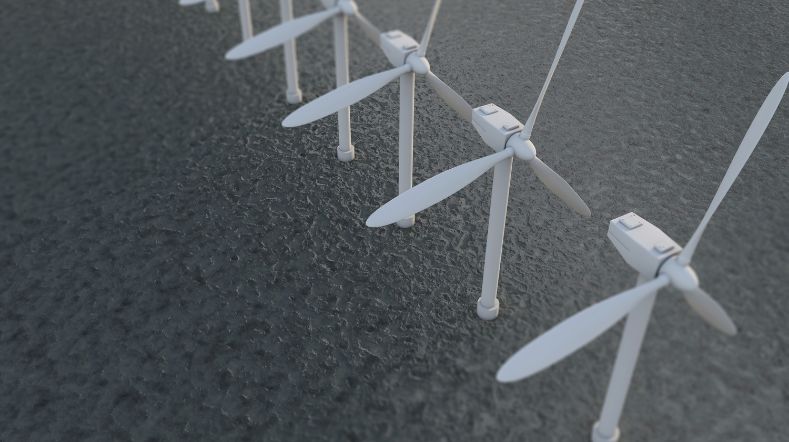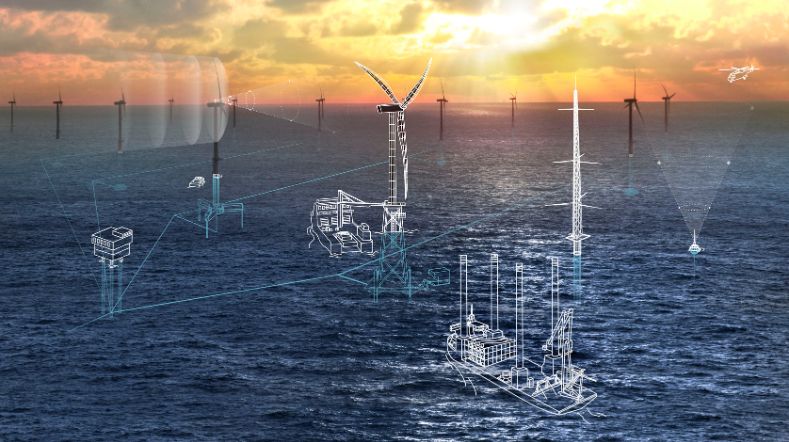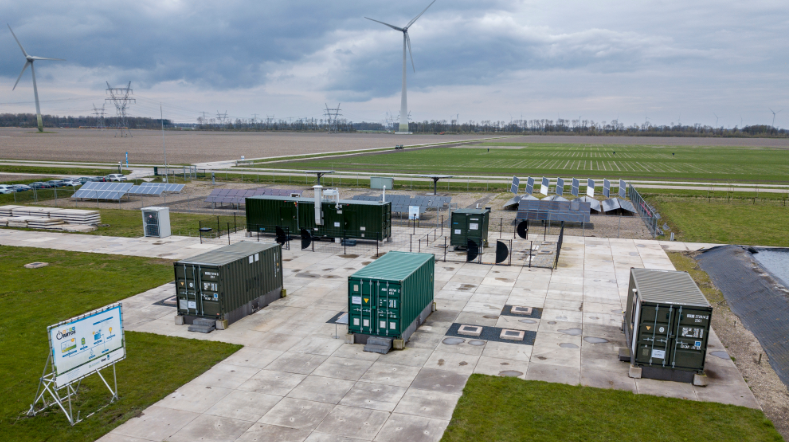
Wind farms in synergy with society and environment
Within a few decades, approximately a quarter of the North Sea will consist of wind farms. This is necessary in order to meet the growing demand for wind energy. TNO is developing knowledge about the consequences for nature and the environment, bringing closer to the communities, among other things.
Developing wind farms together with the environment
The North Sea is also used by other parties, such as shipping, fisheries and tourism, and the sea is also, of course, the habitat of many animal species. The aim of TNO is to ensure that future wind farms are built as much as possible in symbiosis with all these parties, especially nature and the environment.
The energy transition, in which traditional, finite energy sources - coal, oil and natural gas - are replaced by renewable energy sources, will result in many more wind farms in the North Sea in the coming decades. This requires consultation and, preferably, cooperation with other users of the North Sea.
Multifunctional use
Due to the currently limited size of the wind farms, this use is not yet such an issue, but this will soon change with the steady construction of the wind farms. As a result, the integration of these wind farms into their surroundings and the possibilities for multifunctional use already need to be carefully considered at this stage. This requires new regulations, but it also requires technical innovations. These include, for example, the construction of oyster beds, mussel farms or seaweed cultivation between wind turbines’ support structures. TNO plays a particularly important role in technical innovation.
Birds and bats
At the moment TNO is active in two areas: a system to monitor how often birds collide with the blades of wind turbines (WT-bird), and a system that identifies which bird species are most affected. As soon as more is known from measurements at sea, research can be carried out to prevent bird mortality as much as possible, for example by deterring birds near turbines. A second system measures the distance to how far bats fly at sea, with the same goal: to make sure that wind turbines do not have a major impact on bats.
TNO is investing in new facilities for research into environmental effects of solar and wind energy. This enables the Netherlands to build up a unique leading position. Both government and industry need new insights into solar and wind energy in which technology, ecology and safety go hand in hand.
Legislation does not allow for fishing in and closely around wind farms. With partners, TNO is investigating how such legislation could be relieved a bit to better allow for fishing while maintaining safe wind farm operation. ‘Noise resulting from hammering during wind turbine installation is impacting for instance seals. New mooring techniques are being investigated to lower such noise levels.
Get inspired
TNO and Jungle AI collaborate to detect cyberattack on wind turbine and improve detection capabilities


OESTER project to advance offshore electricity storage


Wind energy webinars

Webinar: System transformation in offshore renewable supply


SWITCH tackles the energy issues of the future


